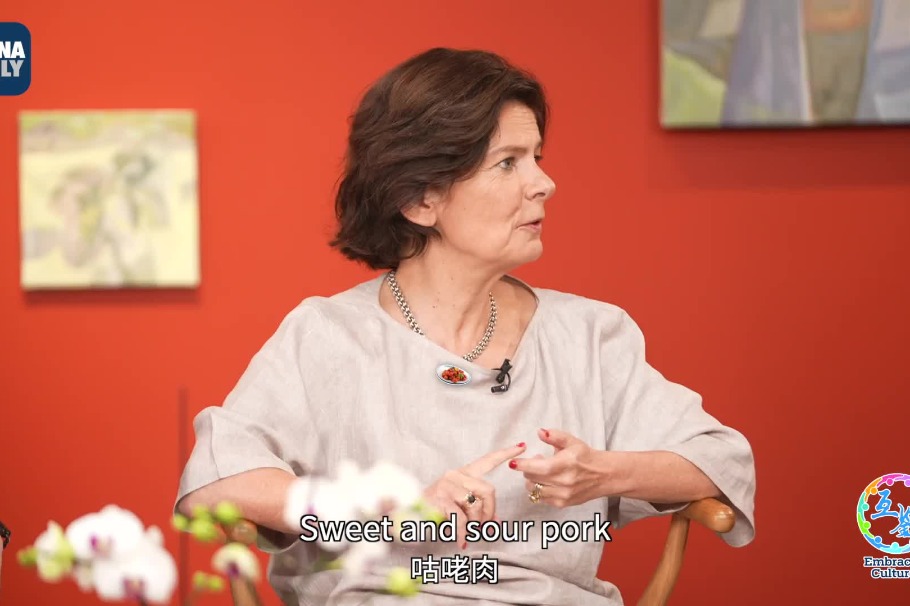视频:京津冀协同发展 Beijing-Tianjin-Hebei integration plan
中国日报网 2019-09-16 10:10

“十三五”期间,我国将进一步推进区域发展总体战略,并构建以“四大板块”与“三大轴带”相结合的“4+3”布局。
20世纪末,我国相继提出西部大开发、东北振兴(revitalization of the northeast)、中部崛起(the rise of Central China)战略,与东部地区优先开发的战略(the strategy gives priority to development of the eastern)共同构筑了中国区域发展的总体战略。
“十二五”(the 12th Five-Year Plan (2011-15))期间,区域协调发展机制基本形成、总体战略更加完善,在“四大板块”战略(four-region strategy)的基础上,又提出了“一带一路”(the Belt and Road)、京津冀协同发展(integrated development of Beijing, Tianjin municipalities and Hebei province)、长江经济带(the Yangtze River economic belt)“三个支撑带”战略。“十三五”期间,在现有区域发展总体格局的基础上,将继续深入实施区域发展总体战略,即“四大板块”+“三个支撑带”("Three-Support-Belt Strategy")的战略大布局。
功能定位
Functions
北京市
全国政治中心、文化中心、国际交往中心、科技创新中心
the national center for politics, culture, international exchanges and scientific and technical innovation
天津市
全国先进制造研发基地、北方国际航运核心区、金融创新运营示范区、改革开放先行区
a national research and development base for advanced manufacturing, a hub for international shipping in North China, a zone for financial innovation and services, and a pilot zone for economic reform
河北省
全国现代商贸物流重要基地、产业转型升级试验区、新型城镇化与城乡统筹示范区、京津冀生态环境支撑区
an important national base for trade and logistics, a pilot zone for industrial transformation and upgrading, a demonstration area for modern urbanization and urban-rural integration, and an ecological buffer zone
发展目标
Targets
近期到2017年:有序疏解北京非首都功能取得明显进展,在交通一体化、生态环境保护、产业升级转移等重点领域率先取得突破。
2017: There will be progress in reducing the noncapital functions in Beijing, and breakthroughs in the coordination of transportation, environmental protection and industrial upgrading.
中期到2020年:北京市常住人口控制在2300万人以内,北京“大城市病”等突出问题得到缓解;区域一体化交通网络基本形成,生态环境质量得到有效改善,产业联动发展取得重大进展。公共服务共建共享取得积极成效,教育和医疗等服务差距明显缩小。科技创新领域投资得到加强。
2020: The population of Beijing will be contained within 23 million, and the problems that arose with its urban development could be effectively solved. A coordinated transportation network will take shape, and the regional environment will be improved significantly, with progress being made in the coordinated development of industries. Gaps in public services such as education and medical care will be effectively closed. The investments in science and innovation will be further strengthened.
远期到2030年:京津冀区域一体化格局基本形成。
2030: A coordinated pattern of regional development will take shape.

















 英语点津微信
英语点津微信 双语小程序
双语小程序